Dossier | A new theater
This summer NDT will move to Amare. Every reason to dwell upon the house we leave behind and the new theater Amare that NDT is so looking forward to.
Photo: Ben Vollebregt, 1989
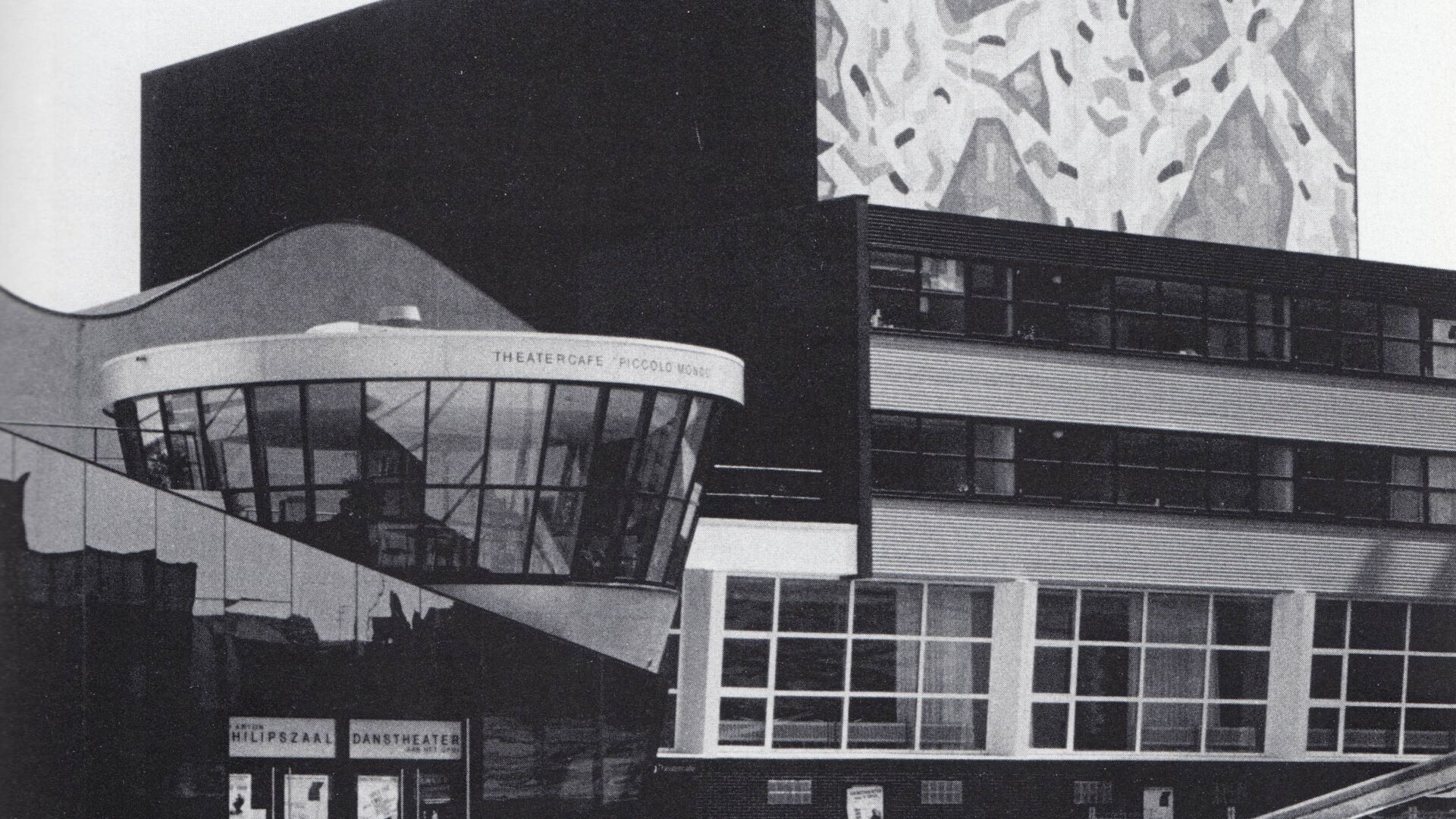
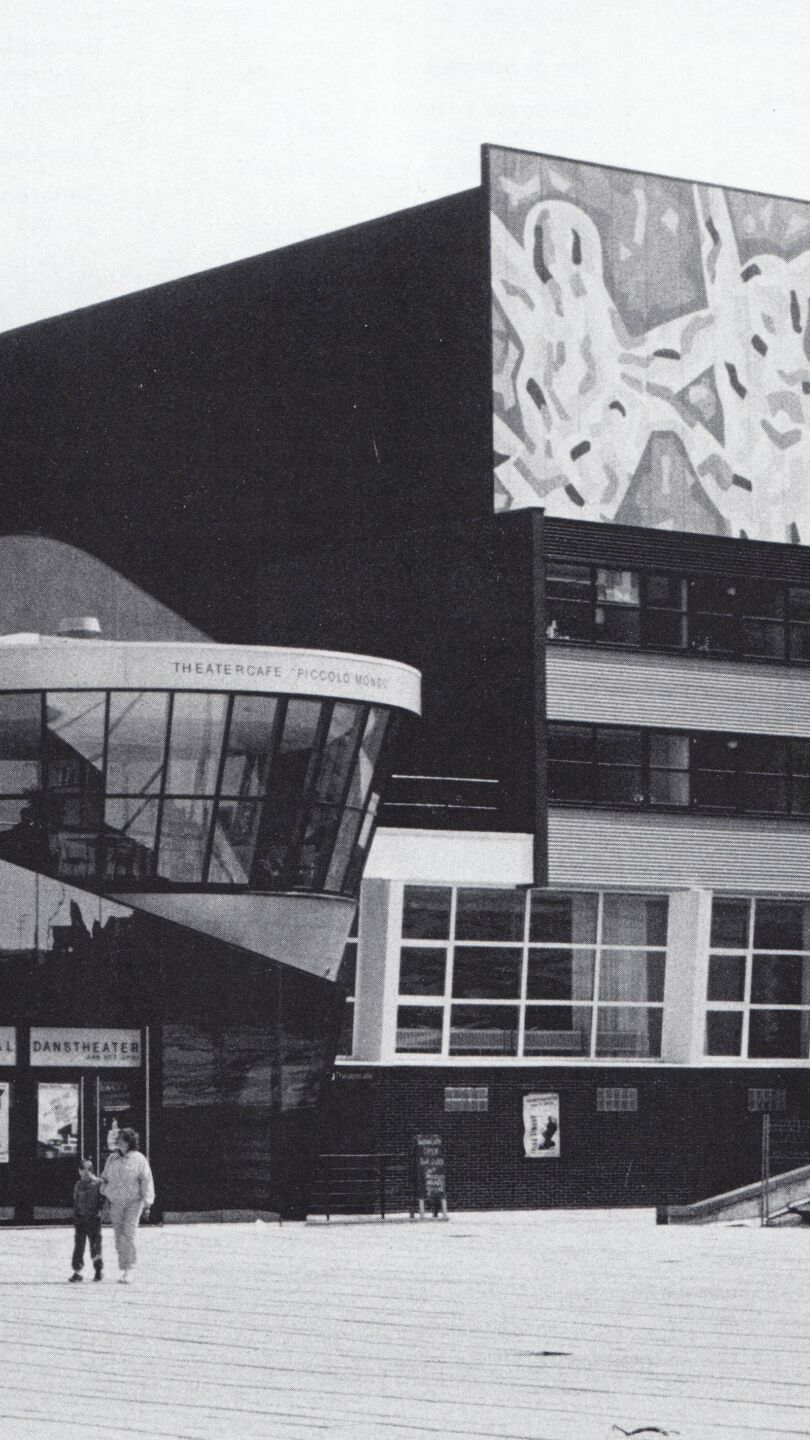
This summer NDT will move to Amare. Every reason to dwell upon the house we leave behind and the new theater Amare that NDT is so looking forward to.
Photo: Ben Vollebregt, 1989
In his 33-year career as general manager of NDT, Carel Birnie (one of the founders of NDT in 1959), supervised nearly every aspect of business, was responsible for many important decisions, and was never afraid of provoking civil servants, or NDT’s board of trustees, to get the best possible outcome for the company – an attitude which resulted in his being acclaimed the ‘Tsar of Dance.’
In retrospect, probably the crowning glory of Birnie’s stewardship was the opening of the company’s own theatre in 1987. Ever since the NDT’s foundation, Carel Birnie had major plans with regards to housing the company. He believed that a company could only develop itself when it was provided with certain facilities: its own building with studios to practice, lounges for the dancers, separate departments, and, above all, its own theatre. Achieving these goals required great perseverance. It would take Birnie nearly thirty years and many battles with the municipality of The Hague before he was able to open the doors of his own theatre at the Spui square in The Hague – generally referred to as Lucent Danstheater.
This theatre far exceeded the expectations of those who had experienced the early days of the company. Initially, with no money to rent studio space, the company was forced to practice at different locations throughout The Hague. These included ballet schools after opening hours, basements, old churches, and other abandoned buildings around the city.
After the success of the first season, however, the municipality provided NDT with several studios in a monumental 17th century building at the Boterwaag. In 1961, however, NDT was granted the studios that Sonia Gaskell and her Nederlands Ballet had occupied at the Koningstraat 118a. This old primary school, located in the middle of a neighbourhood listed for urban regeneration, was actually too small and decayed to house the company.
With several studios added to the building, some rudimentary provision against leakage, a self-built basement, and even an indoor tree, it would, nevertheless, house the company until they moved to the new building.
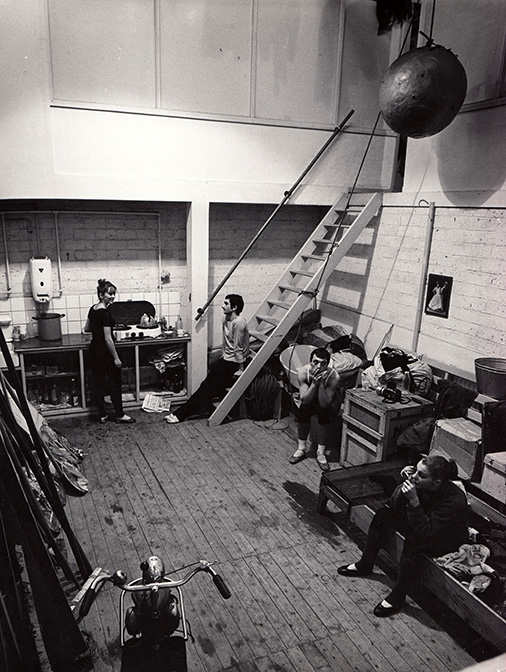
In 1979 Birnie had finally convinced the city council to provide the finance for a building next to the Circustheater in Scheveningen. His ultimate quest, however, for a custom built theatre continued. Birnie had hired the Dutch architect Rem Koolhaas and his Office for Metropolitan Architecture (OMA) to design the adaptations to the Circustheater. At the same time, he calculated what the costs were for a new theatre and requested Koolhaas to create a blueprint for this plan. In the end, he convinced the municipality that a new theatre in Scheveningen would be the most economic alternative. While engaged in these discussions, Birnie also secretly negotiated with the Residentie Orkest – who were granted a piece of ground at the Spui square to build their own concert hall, but were short of money to proceed.
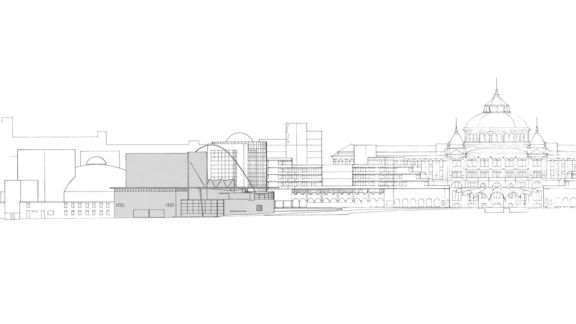
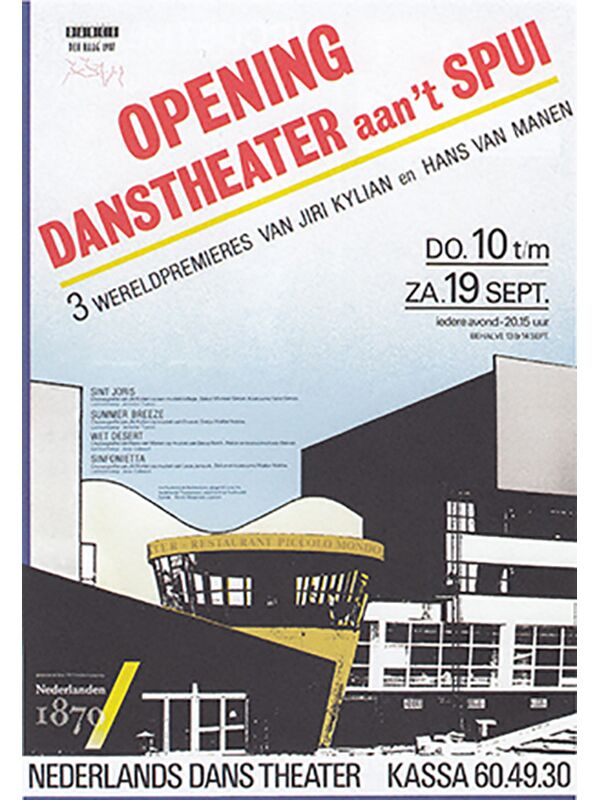
Eventually, this collaboration culminated in the opening of Muziektheater aan het Spui; a building that would house both the Residentie Orkest in the Anton Philipszaal, designed by Dick van Mourik and Peter Vemeulen, and Nederlands Dans Theater in Lucent Danstheater, by Rem Koolhaas. The latter building comprised a large stage designed especially for dance performances: 23 rows with 1001 seats – achieving a balance between optimal acoustics and the best possible sightlines, three large studios, a fitness area which would include a swimming pool and sauna, and offices to house the staff.
After the opening night on September 9, 1987, Lucent Danstheater was praised for its architectural design and suitability for dance. On this evening the company performed Kylián’s famed Sinfonietta (1978) and three premieres, Van Manen’s Wet Desert, Kylián’s Evening Songs, and a work created by Kylián Sint Joris Rijdt Uit – an allegorical play in which Carel Birnie was depicted as a dangerous, but highly cherished dragon.
The variety of artistic collaborations, characterising this particular programme, reveals a continuing trend of this period: the distinct artistic profile of Jiří Kylián in conjunction with the eloquent language of the choreographers he attracted to the company.
Needless to say, letting go of the building was also fraught. This is demonstrated by this video by Jiří Kylián, in which Sabine Kupferberg repeats her opening speech in 2016 on the debris of the auditorium (first video), which she delivered in 1987 at the opening of the building (second video).
Jiří Kylián said in an interview on the occasion of NDT’s 60th anniversary that the theater that Rem Koolhaas built was one of the highlights of his career. The demolition of this special building, where the company has been through so much, is therefore difficult for him.
The creation of Amare already started all the way back in 2009. The ‘Muziektheater aan het Spui’ was built in 1987. The buildings received something of a patch-up twenty years later, but it is clear at that point that more extensive repairs are required. In 2009, the City of the Hague settles on new build, as this would better meet modern requirements and provides an opportunity for sustainable construction. Furthermore, many people wish to see the Royal Conservatoire return to the city centre.
The end of June 2017 is marked by a celebration of the beginning of the construction of the new building. Construction is progressing steadily. Throughout the building process, construction consortium Cadanz created time lapses to give a bird’s eye view of the progress towards delivering Amare. This time-lapse from January to June 2018 shows how the halls are built. On 28 August, the first tuning fork-shaped column is placed.
On 9 May 2019, in keeping with tradition, the builders celebrate reaching the building’s highest point with pannenbier (literally: roof tile beer)!
Click here for more information about the creation of Amare.
Next season, NDT will move into the new Amare house from November 2021, together with the Residentie Orkest, the Royal Conservatoire and the Zuiderstrandtheater. An impressive building that is regarded as the new cultural hub of The Hague.
Amare will be equipped with four rooms for a total of 3,600 visitors. In addition, there are two restaurants, a conference center, studios, classrooms and a lot of public indoor space that is open to initiatives by the residents of Amare, other cultural institutions and residents of The Hague. While many theaters only open just before a performance starts, in Amare there are many public spaces that are open from early to late. It is a house of and for The Hague.
The new dance hall for NDT offers space for about 1300 people, in the hall and on the balcony. The golden chairs, together with the anthracite gray walls, create a warm atmosphere. Just like in the Lucent Danstheater, the sightlines from all corners of the hall are optimal.
Curious about Amare? Take a quick digital look around the several halls. Here you will find, among other things, a QR code to view a 3D visualization of the Danstheater.
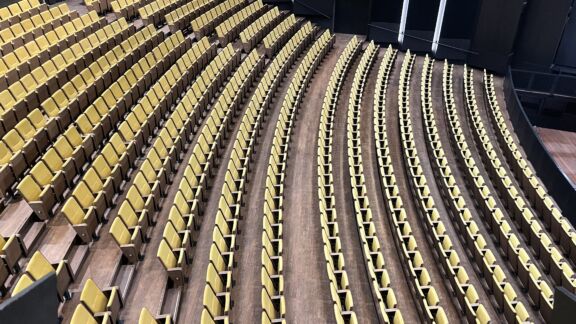
More information about Amare, you’ll find on the website, eg: